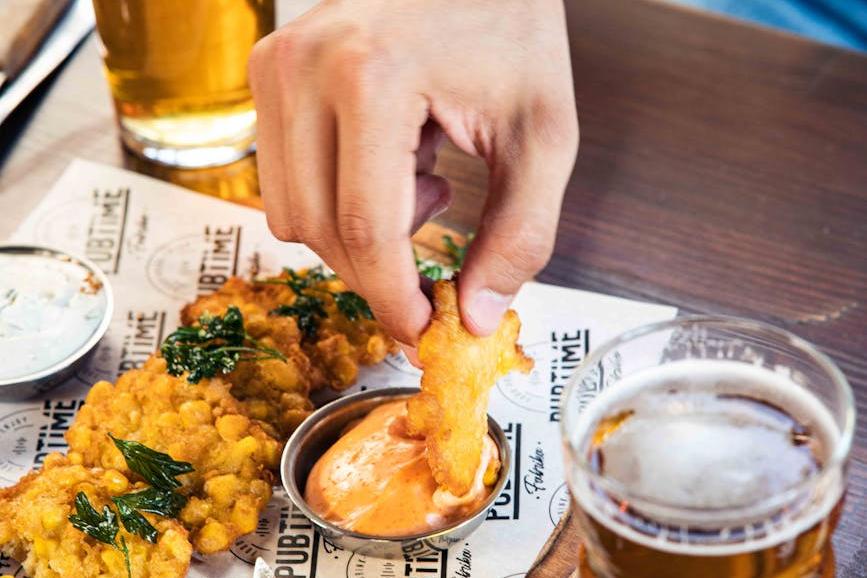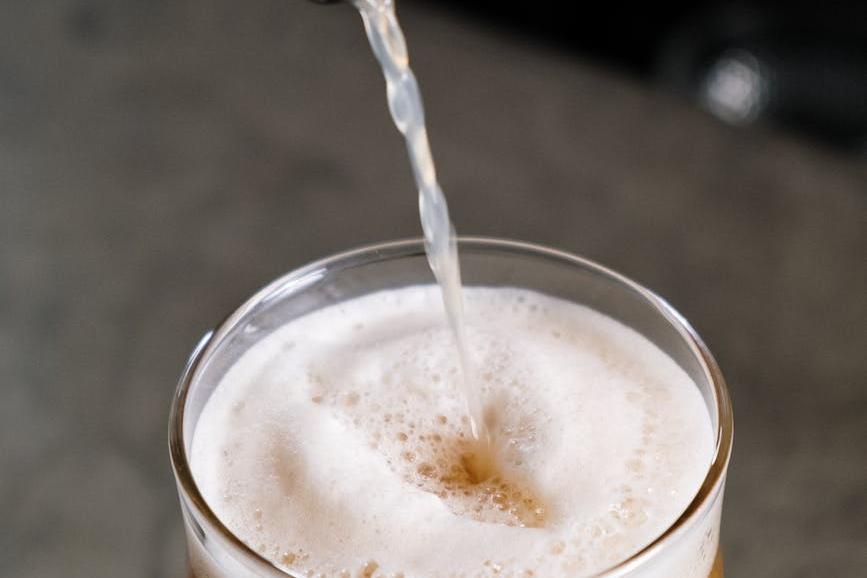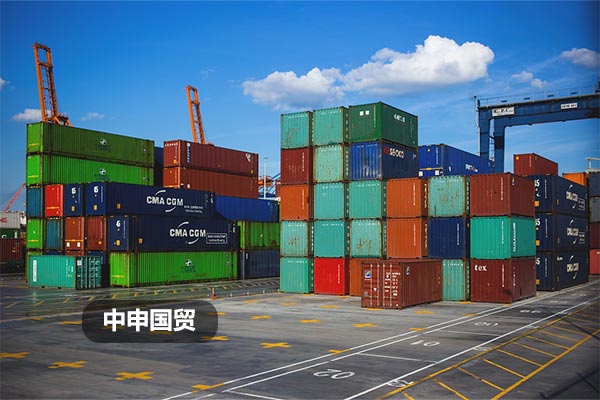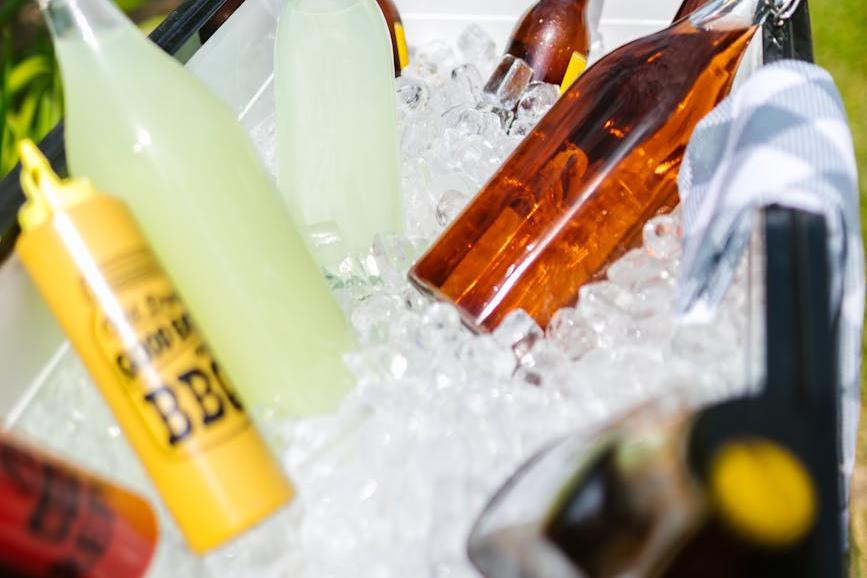- Shanghai Zhongshen International Trade Co., Ltd. - Two decades of trade agency expertise.
- Service Hotline: 139 1787 2118
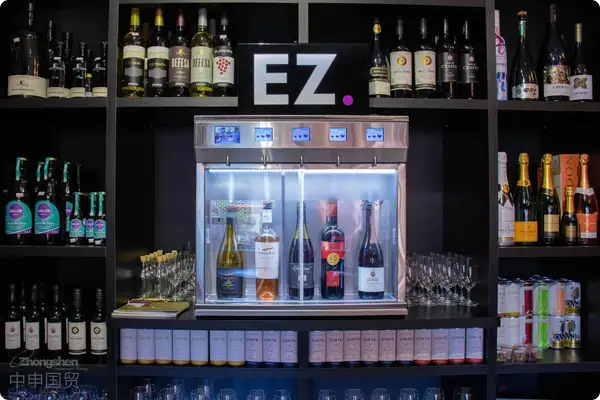
BeerImport RepresentationThe Three Golden Rules of
In the 67 beer import cases I've handled, beginners often make mistakes that typically fall into three key areas:Product Certification Deviation,Improper transportation planandMissing label specificationsLast year, a client encountered a 37-day port detention for an entire container of Belgian Trappist beer due to oversight of the special declaration requirement for exceeding ABV (Alcohol by Volume) limits. This lesson is worth our deep reflection.
Compulsory courses in the product selection stage
The "ID card" preparation for imported beer is crucial:
- It is recommended to verify through the following methods:Technical data: Must include core parameters such as hop varieties and malt content.
- Health certificate: Focus on verifying whether the yeast colony testing standards comply with GB 4789.15.
- Pre-approval of Chinese labels: Pay special attention to the allowable error range of alcohol content ±0.5%.
| Place of origin | Ordinary tax rate | Agreement rates |
|---|---|---|
| Germany | 40% | 12% (China-EU Agreement) |
| Mexico | 40% | 25% (bilateral preferential) |
Five key nodes in customs clearance process
- Declaration pre-review: The selection of subcategories under HS code 22030000 directly affects the tax rate.
- On-site inspection: Customs will focus on verifying the clarity of the production date embossed on the bottle.
- Laboratory testing: The sulfur dioxide residue shall not exceed 0.05g/kg.
- Pay taxes and release the goods
- Logistics coordination: It is recommended to maintain a 15-day port turnover buffer period.
Hidden Risks in Supply Chain Management
An importer once failed to considerMaritime TransportationTemperature fluctuations caused the entire batch of IPA beer to develop "sunlight flavor." Recommendation:
- The entire cold chain is controlled at 5-25°C.
- Light-sensitive transportation requires the use of professional light-blocking film.
- Port repackaging must obtain a food business license.
The Golden Triangle of Market Positioning
According to the latest customs data, the import volume of craft beer in 2025 increased by 23% year-on-year, but it should be noted:
- First-tier cities show a preference for hazy IPAs with an alcohol content ≥6%.
- Emerging markets are more receptive to fruit-flavored beers with 3-4% alcohol content.
- The recommended canned specification is the standard unit of 330ml × 24 cans.
Four warning signals for risk prevention and control
- Please conduct a trademark registration search in advance (especially for letter combinations related to German-style beers).
- When purchasing transportation insurance, it is essential to explicitly include the "packaging damage" clause.
- Establish a 3% loss reserve mechanism
- Regular verification of the list of registered overseas manufacturers of imported food.
Remember to allow at least a 90-day operational cycle for the first import. Last year, an importer missed the Christmas sales season due to underestimating the time required for label filing, a lesson worth heeding. By mastering these practical details, you can navigate the frothy beer import market and find the true golden route.
Related Recommendations
? 2025. All Rights Reserved. Shanghai ICP No. 2023007705-2  PSB Record: Shanghai No.31011502009912
PSB Record: Shanghai No.31011502009912
